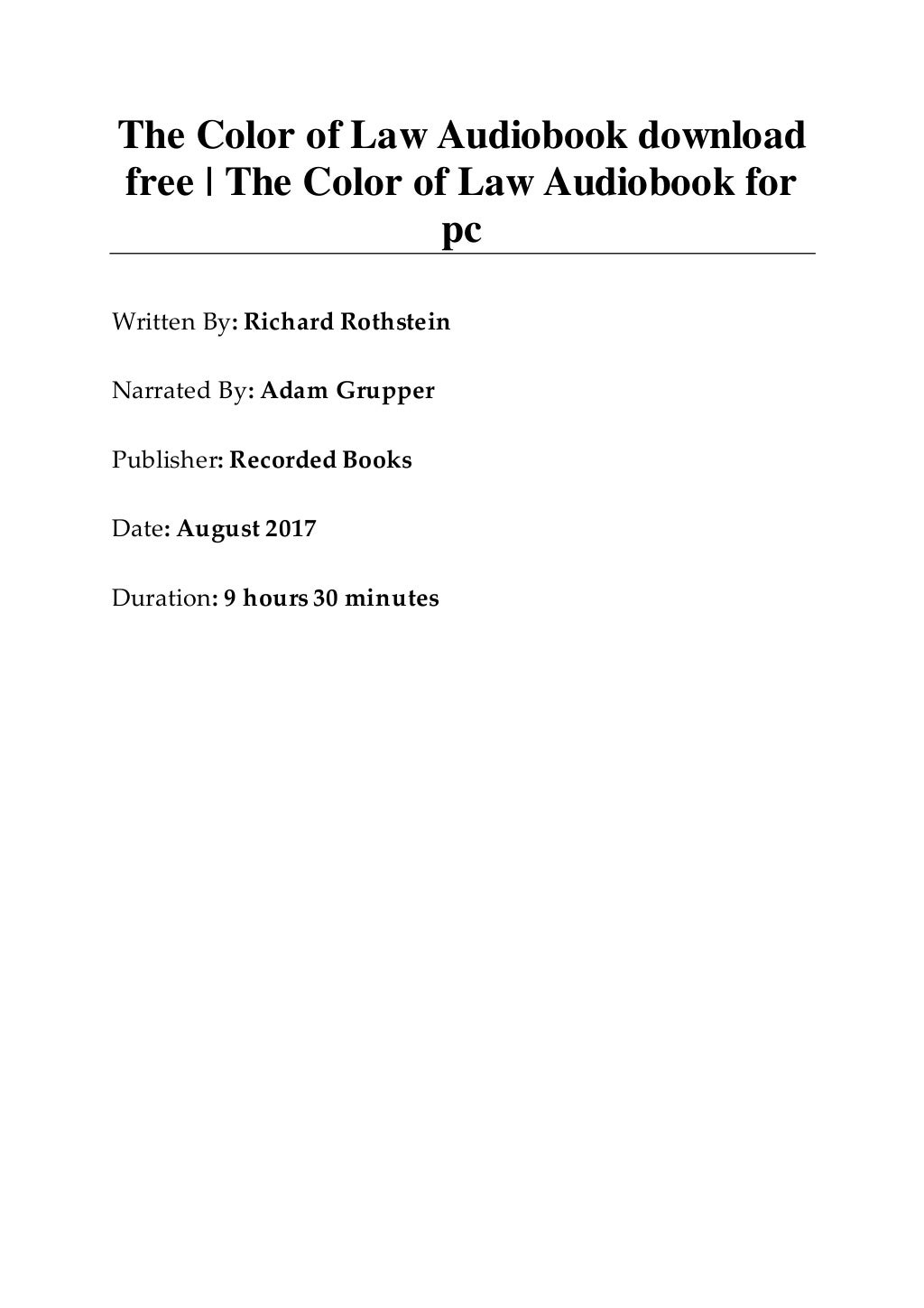
A failure to arrest perpetrators who used violence to scare and intimidate African Americans who moved into white neighborhoods.Highways strategically located to destroy black neighborhoods, to provide barriers between blacks and whites, and to enable whites to move to the suburbs.Demolition of African American neighborhoods that forced residents to relocate to other areas.Government enforcement of racial covenants that prevented homes from being sold to African Americans.Redlining practices that ensured government-subsidized mortgages were only offered to white families.Financing programs that encouraged developers to build segregated developments and literally prevented developers from building integrated housing developments, even when developers wanted to do so.Zoning that explicitly required blacks and whites to live in different neighborhoods, followed by various forms of exclusionary zoning that prevented rental housing and low-income housing from being developed in many communities.

Some of the laws, policies and practices that were deployed include: The book effectively combines stories about particular families and places, data, and a systemic analysis of the multiple and reinforcing ways that government – federal, state and local – systematically segregated our country. The book is framed as a rebuttal to an opinion written by Chief Justice John Roberts in 2007 in which he rejected school desegregation programs in Louisville and Seattle by arguing that when residential segregation “is a product not of state action, but of private choices, it does not have constitutional implications.” Rothstein proceeds to document, in brutal detail, that segregation in America is indeed the result of governmental action and this “ de jure segregation” violated our Constitution, and therefore, requires a constitutional remedy. To put it simply: I consider this book to be required reading for any serious community developer, affordable housing advocate, or frankly for anyone interested in America’s history.

I learned a tremendous amount pouring through chapter after chapter this weekend.

Rothstein speak at a recent event with Massachusetts Community Banking Council, I figured I should reconsider. To be honest, when the book was first released I was unsure whether I would read it, thinking arrogantly that “I know that story already.” After all, I’ve been working in community development for 25 years and have taught graduate level courses in community development and affordable housing. Today, April 11, marks the 50 th anniversary of the enactment of the Federal Fair Housing Act, and to mark the occasion I spent the weekend reading The Color of Law: A Forgotten History of How Our Government Segregated America, by Richard Rothstein.


 0 kommentar(er)
0 kommentar(er)
